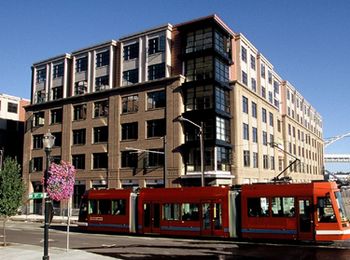Multifamily real estate was one of the big surprises of 2011, and analysts are expecting big things of the sector in 2012.
Fannie, the largest single participant in multifamily mortgage debt, is anticipating a 30 percent jump in multifamily housing starts in 2012, according to recent estimations. Starts could increase from 178,000 in 2011 to 231,000 in 2012 and then 278,000 in 2013.
And Fannie is shaping its business around those projections. According to the Federal Reserve’s latest Flow of Funds report, the GSE made up 21.2 percent of the Q4 2011 multifamily mortgage debt, and as a result, it grew at a 4.8 percent annualized rate during the quarter to $178.6 billion, its most impressive quarter of the year.
In addition, Freddie Mac accounts for 12.2 percent of the market, and for the seventh consecutive quarter, Ginnie Mae was the fastest growing participant in the market, increasing is balance at an 18 percent annualized rate that totaled $60.6 billion.
Government entities, though, are far from the only mortgage servicers joining the multifamily party. Even though Fannie, Freddie and the FHA hit their highest volumes ever for multifamily loans in 2011, their total market share has declined from 85 percent in 2009 to 63 percent in 2010 and 57 percent in 2011. As the MBA explained in the 2011 Commercial Real Estate/Multifamily Finance: Annual Origination Volume Summation, multifamily, at $77.4 billion, was by far the most active segment of the report, with only office properties, at $34.4 billion, even coming close.
All in all it’s been an extraordinarily positive year thus far for multifamily. In March, the National Association of Home Builders’ Multifamily Production Index increased for the sixth consecutive quarter, reaching its highest level since the fourth quarter of 2005, and the Architecture Billings Index, a leading economic indicator of future construction activity, was positive in March, and multifamily billings were among the strongest segments of the index.
